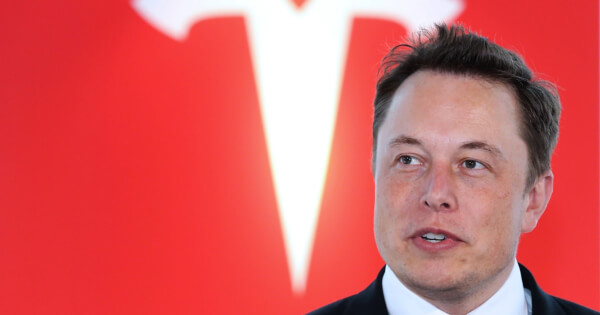xAI's Grok: Musk's Novel AI Chatbot with Real-Time Insights
Luisa Crawford Nov 06, 2023 03:15
Elon Musk's xAI unveiled Grok, an AI chatbot, inspired by 'The Hitchhiker's Guide to the Galaxy, providing real-time world knowledge and answering questions with humor, outperforming other models.

On November 4, 2023, Elon Musk’s artificial intelligence venture, xAI, introduced Grok, a novel AI chatbot poised to revolutionize the human interaction with digital knowledge. Grok is modeled after the whimsical ethos of 'The Hitchhiker’s Guide to the Galaxy', aiming to not only answer a myriad of questions but also to suggest insightful queries to the users. A distinct feature of Grok is its real-time world knowledge sourced from the 𝕏 platform, enabling it to tackle questions often shunned by other AI systems, all with a sprinkle of humor.
A Leap Towards Holistic AI Assistance
xAI envisions Grok as a key player in humanity’s quest for knowledge and understanding. Through Grok’s development, xAI aims to gather valuable feedback to ensure the creation of AI tools that cater to a wide range of backgrounds and political views, staying within the legal framework. Grok is perceived as a potent research assistant, facilitating swift access to pertinent information, data processing, and ideation. The overarching goal is to harness AI in aiding the pursuit of understanding, making Grok a public exhibit of this endeavor.
Grok-1 Engine: The Heart of Innovation
Grok is powered by the Grok-1 engine, a Language Learning Model (LLM) fine-tuned over four months. Following the announcement of xAI, the team cultivated a prototype LLM (Grok-0) with 33 billion parameters. However, the real breakthrough came with Grok-1, which demonstrated significant enhancements in reasoning and coding capabilities, notably achieving a score of 63.2% on the HumanEval coding task and 73% on MMLU. Various machine learning benchmarks were employed to gauge Grok-1’s math and reasoning prowess, with results showcasing its superiority over other models like ChatGPT-3.5 and Inflection-1 in its compute class, only lagging behind models with greater training data and computational resources like GPT-4.
The technical acumen of xAI was thoroughly displayed in the orchestration of Grok. The training of the LLM was likened to a freight train, where any derailment could cause significant setbacks. This necessitated a robust infrastructure, which was meticulously built using Kubernetes, Rust, and JAX. xAI prioritized maximizing useful compute per watt, achieving high Model Flop Utilization (MFU) even amidst hardware unreliabilities.
Rust: A Pillar of Reliability
The choice of Rust for building scalable and reliable infrastructure underscored xAI's dedication towards ensuring the long-term reliability and maintenance of Grok. Given the small team size, infrastructure reliability was imperative to prevent maintenance from stifling innovation. Rust was hailed for its performance, robust ecosystem, and its ability to mitigate common bugs in distributed systems, thus ensuring the smooth operation of Grok.
Research Directions: Towards Reliable Reasoning
xAI is actively exploring numerous research avenues to overcome the existing limitations of LLMs. These include scalable oversight with tool assistance, formal verification integration for better safety and reliability, long-context understanding and retrieval, adversarial robustness, and multimodal capabilities to provide Grok with a broader spectrum of user interaction.
Early Access: A Step Towards Continuous Improvement
xAI is offering limited early access to Grok for users in the United States, aiming to gather invaluable feedback to refine Grok’s capabilities before a broader rollout. This initiative marks just the beginning of a promising roadmap that xAI has laid out for the coming months.
In summary, Grok, spearheaded by Elon Musk’s xAI, emerges as a promising AI chatbot with real-time knowledge, aimed at serving a broad spectrum of users. Its unique engine Grok-1, displays notable improvements in reasoning and coding, showcasing the rapid strides xAI is making in the AI domain.
Image source: Shutterstock.jpg)
